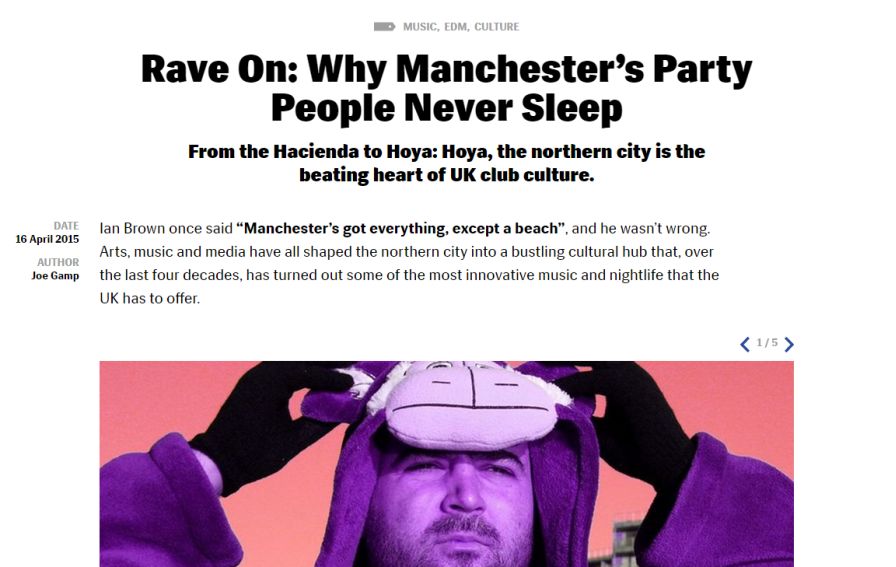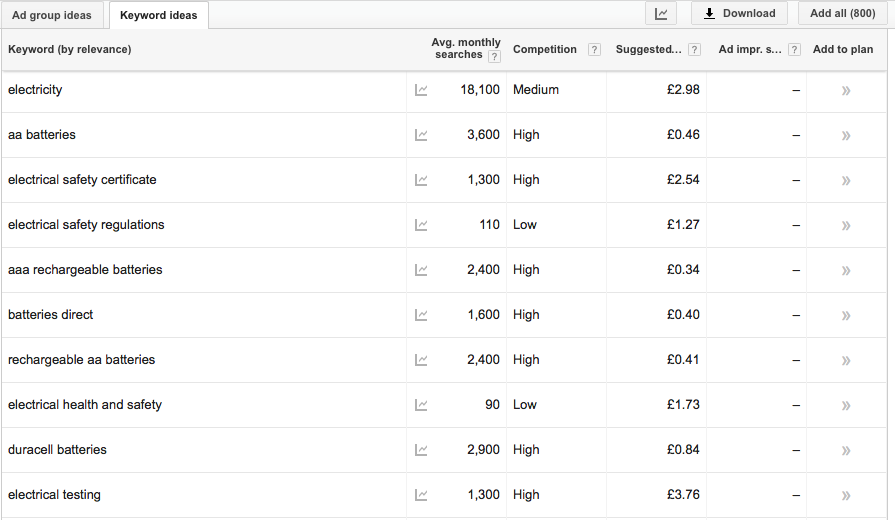The two biggest objections heard by content marketing professionals are that their products are not “exciting” enough to create good content around and that they don’t have the budget anyway.
The big brands have the money and the team resource, so of course they are going to be able to make the biggest impact. However, all the money in the world can’t buy you the marketing savvy and creativity of well-executed content.
If you have access to data, audience knowledge and creativity then you can succeed.
Brands like Coca-Cola do five things that make their content successful; and guess what, they are totally free.
Even if you sell a product not traditionally associated with creativity, you can follow the five tips below and create audience friendly and engaging content.
1. Work around the product – don’t be too product centric
Red Bull were pioneers in content marketing, their website has taken the product, an energy drink, and poured all of their creativity around the person buying the product and their likes, dislikes and tastes.
They have clearly decided that their audience is young and young at heart, looking for the next hit of excitement and into popular culture when you look at articles like this:
How you can do the same thing…
If your main product is electrical goods or plugs for example, don’t feel restricted. The best thing to do is move beyond the product and think about the needs and desires of the person buying it.
If you sell batteries or mobile phone covers for example, who is your main customer and what related concerns will they have? Why do people need batteries and mobile phone covers?
Big brands tap into the deep needs and emotions of the person buying their products and tailor their content output accordingly. You don’t need an exciting product or lots of marketing budget to be able to do this.
Content can be recycled and repurposed to optimise its relevance for different media; more about this further on.
2. Use the data at your disposal to paint a picture of your audience
Are you familiar with Google’s Keyword Planner, Google Analytics and Google Webmaster Tools? If not, you should be; they are very simple to use and very effective.
As well as being an absolute goldmine of interesting data, these tools are absolutely free and used by brands big and small. Becoming more familiar with these will help you tailor your content offering to your audience in the way that the big brands do.
Not only can you see how many people are searching for phrases important to your business, you can see how many times your site showed in the search results for these same phrases.
Imagine you sell batteries, some queries into the keyword planner provides you with this data:
How you can do this…
A look at our own Google Webmaster Tools data gives us information that we can use to put content titles together; the best bit being that we know our customers are asking for this information:
3. Look at what your competition is doing
Brands like Coca-Cola are aware of what Pepsi Co is doing to enhance their brand, it’s all part of making sure your brand is not only on a par but better than the competition.
How you can do this…
Open Site Explorer is one way we recommend getting information on your competitors as it helps you find out who is linking to their site. You can also search in Google for the brand and see who is talking about them.
Be inventive; if your rival buttons manufacturer is pushing out an infographic on changing dress fashions, go one better by creating a video showing sewing novices how to add new buttons to dresses and customise them.
You only need a good quality phone to make a video and there are lots of free tools out there, like Splice, that will enable you to edit them properly.
4. Be creative – How else can you use this content?
A lot of companies spend so much time looking after their customers that they often neglect their own marketing.
Digital agencies are usually guilty of this and have, thus, learned the art of creating one piece of excellent content and then repurposing it to make it accessible to as many people as possible.
Take this piece of content on time zones for example. It has been researched and put together in the hope that customers will find it interesting. Other ways in which this could be repurposed for a wider audience include creating an infographic with the facts in or releasing the facts as “memes” gradually via social media.
How you can do this…
A blog post on how to improve the SEO on your website could easily be converted to a Slideshare presentation, transformed into an infographic, put into a training video for Lynda.com, released gradually via social media or written in a business style for business/industry magazines.



